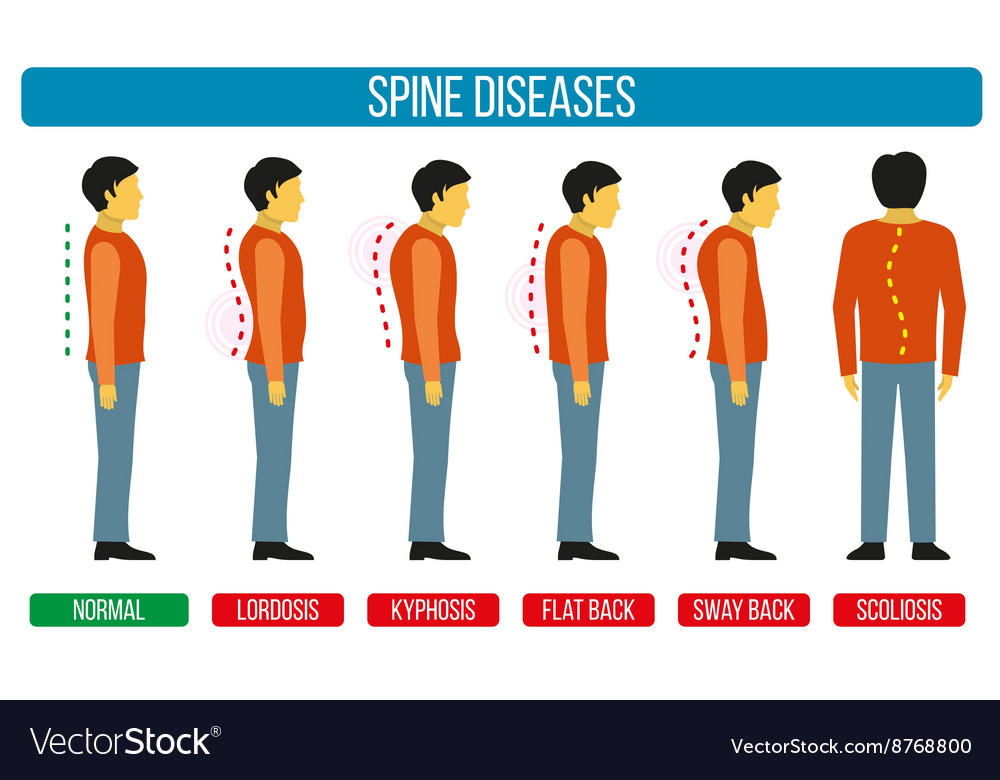The Connection Between Position And Pain In The Back: Techniques For Maintaining Appropriate Placement During The Day
The Connection Between Position And Pain In The Back: Techniques For Maintaining Appropriate Placement During The Day
Blog Article
Post Written By-McKinley Rollins
Preserving proper pose isn't just about sitting up right; it's about straightening your body in a way that supports your spinal column and decreases the risk of back pain. The way you rest, stand, and move throughout the day can substantially impact your back health. But just how exactly can you guarantee excellent placement continually, even during hectic days loaded with numerous activities? Allow's delve deeper into the refined yet impactful changes you can make to your daily regimen to maintain your back happy and healthy.
Importance of Appropriate Pose
Proper pose is vital in preserving a healthy and balanced back and stopping pain. When https://kevsbest.com/best-chiropractors-in-tucson-az/ sit or stand with excellent stance, your spine is in positioning, minimizing pressure on your muscles, ligaments, and joints. This placement enables the body to distribute weight evenly, stopping extreme stress on certain areas that can cause pain and discomfort. By keeping your spine effectively lined up, you can also boost your breathing and food digestion, as slouching can compress organs and restrict their performance.
Moreover, keeping excellent stance can improve your total appearance and confidence. When you stand tall with your shoulders back and head held high, you exude confidence and appear even more approachable. Excellent stance can likewise make you feel extra invigorated and sharp, as it advertises correct blood circulation and enables your muscles to work successfully.
Including proper position into your everyday regimen, whether sitting at a desk, walking, or exercising, is vital for protecting against pain in the back and promoting total well-being. Bear in mind, a little adjustment in how you hold yourself can make a considerable distinction in just how you really feel and function throughout the day.
Common Postural Mistakes
When it comes to maintaining great posture, lots of individuals unwittingly make common blunders that can add to pain in the back and discomfort. Among the most widespread mistakes is slumping over or stooping over while sitting or standing. This placement places excessive strain on the spine and can lead to muscle inequalities and pain in the long run.
Another usual mistake is overarching the lower back, which can squash the all-natural contour of the spinal column and trigger discomfort. In addition, going across legs while resting may feel comfy, yet it can develop an imbalance in the hips and pelvis, leading to postural issues.
Utilizing a cushion that's too soft or also solid while sleeping can also influence your alignment and add to pain in the back. Lastly, regularly craning https://stephensmhav.thenerdsblog.com/37794629/comparing-standard-physical-treatment-techniques-vs-new-approaches-for-neck-and-back-pain-relief to take a look at displays or readjusting your position regularly can strain the neck and shoulders. Being mindful of these common postural errors can help you preserve much better placement and decrease the risk of neck and back pain.
Tips for Correcting Placement
To improve your placement and reduce pain in the back, it's vital to focus on making small adjustments throughout your daily regimen. Start by being mindful of your position. When resting, ensure your feet are level on the flooring, your back is straight, and your shoulders are unwinded. Avoid slouching or leaning to one side. Use ergonomic chairs or pillows to support your lower back.
When standing, disperse your weight equally on both feet, maintain your knees slightly curved, and tuck in your pelvis. Engage your core muscle mass to support your spinal column. Take breaks to stretch and walk if you have a sedentary job. Include workouts that enhance your core and back muscles, such as planks or bridges.
While sleeping, use a pillow that sustains the natural curve of your neck to keep appropriate back alignment. Stay clear of sleeping on your stomach, as it can stress your neck and back. By bearing in mind these tips and making small modifications, you can gradually remedy your positioning and reduce neck and back pain.
Conclusion
Keep in mind, preserving good position is key to avoid neck and back pain and promoting spinal health and wellness. By being mindful of your positioning, distributing weight uniformly, and involving your core muscles, you can lower stress on your back and reduce the risk of discomfort and injury. Integrate ergonomic assistance, take routine breaks to stretch, and enhance your core and back muscular tissues to maintain correct alignment throughout the day. Your back will thanks for it!
